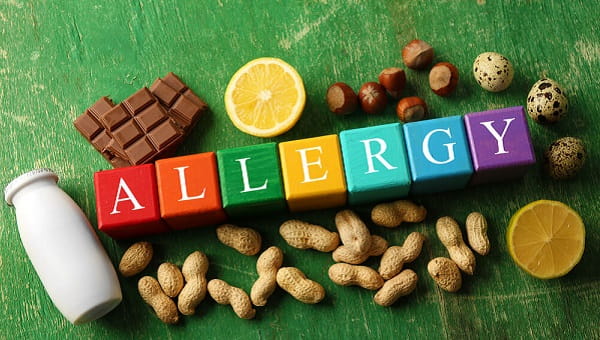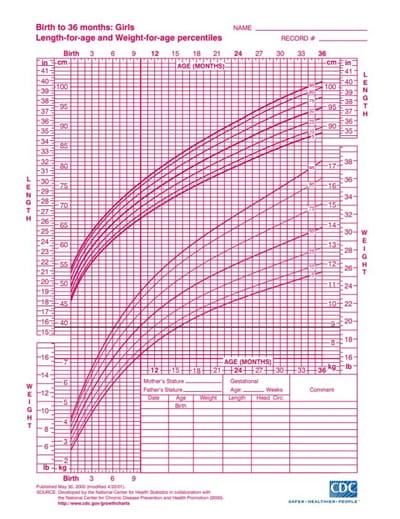At this age, your baby may still be getting all his nutrition from you, through breastfeeding. Even so, they could still show sensitivity or intolerance to certain foods that you eat. About two or three out of every 100 babies may even have an allergy to something mom eats. As a whole, adverse reactions in breastfed babies to their mothers’ milk are quite rare. In fact, breastfeeding exclusively for the first six months of life has been shown to greatly reduce the risk of food allergies later in life.
Common sensitivities
If a baby has a bad reaction to something in breastmilk, it’s typically due to the proteins that are passed through from something mom ate. The most common culprits in a true allergic reaction include:
- Dairy—anything made with cow’s milk
- Eggs
- Peanuts
- Tree nuts
- Wheat
- Soy
- Any foods that close family members are allergic to
Food sensitivities and intolerances could come from any of the above, as well as these common triggers:
- Citrus fruits
- Tomatoes
- Berries
- Cabbage, onions, fenugreek
- Artificial colors, flavors and other additives
Signs of food sensitivity or allergy
If you notice any of these signs right after breastfeeding, then your baby may be having a reaction to something you ate:
- Diarrhea
- Severe colic
- Vomiting
- Excess gas
Other ongoing signs of food reactions can include:
- Bloody stools
- Eczema or rash
- Constipation
- Eyelid swelling or dark circles under the eyes
- Poor growth patterns
What to do
If you do notice signs of discomfort in your child that may be due to your own diet, be sure to talk to your pediatrician as soon as possible. Don’t try an elimination diet on your own, because it can take weeks for a food to completely clear your system (and your breastmilk), so this won’t be an efficient way to find out if what (if anything) you eat causes the symptoms.




